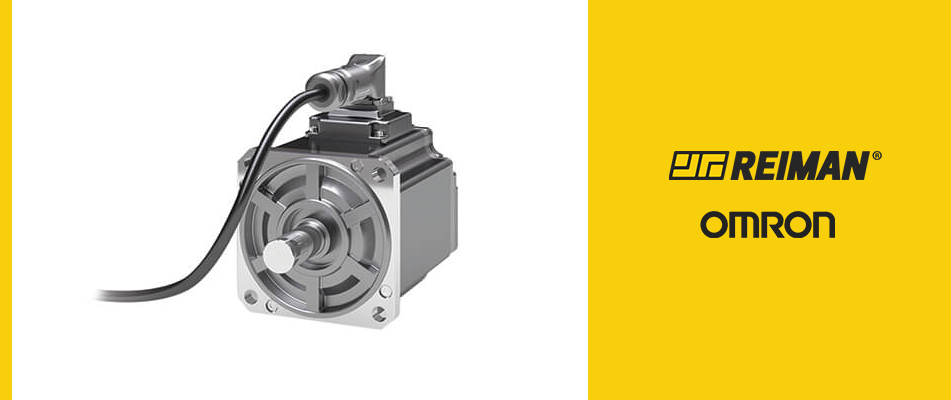We use cookies to make your experience better. To comply with the new e-Privacy directive, we need to ask for your consent to set the cookies. Learn more.
What is a servo motor?

In one of our articles about motors, we introduced you to the main types of electric motors. Here, the intention is to show you the servo motor, which is part of the category of electric motors, but allows specific applications, different from the more traditional standard motors.
The main function of an electric motor is the transformation of electrical energy into mechanical energy, which in the case of the servo motor is not different. This motor has exactly the same purpose but can be controlled differently. As a matter of curiosity, we present you the true meaning of the term "servo motor": the word "servo" derives from the name "servant" or "slave" and therefore represents the mechanism that is being controlled, while the control mechanism is represented by "motor" for being the master.
These motors are not categorized into any specific class since their type can vary, that is, there are servo motors within all categories of electric motors, whether Direct Current or Alternating Current. Servo motors are a constituent of motorization, like any other motor, and controlled via an electrical signal that determines the "amount of motion" on the shaft. That is, it is possible in a servo motor to precisely control the electrical quantities of Current and Voltage in order to perfectly control the movement generated in the motor.
As they require a dedicated controller, they have a higher cost. However, this cost has been decreasing and servo motors are gaining more relevance in the market and are already an alternative, in several applications, to replace standard electric motors.
In this innovative sequence, OMROM launched to the market a vast set of servomotors that includes:
Rotary Servo Motors
- Rotary motors
- Integrated Servo Motors
There are three key characteristics of these motors that should be highlighted:
- Low noise level
- Very high power in smaller volume motors
- Easy maintenance associated with being an "intelligent motor”
There are numerous industrial processes where servo motors can be applied, but the main division is made into two large groups:
- Robotics (the most used)
- Precision machines (control of food processing machines, packaging, transport systems, etc.)
- Positioning systems;
- Manufacturing systems;
What types of servo motors exist?
Alternating Current Servo Motor
Direct current motors were the first to be used in the market since at the time they were created they were easier to control. Nowadays, the reality is somewhat different because AC motors are gaining some relevance. AC servo motors have a more complex control than DC motors, representing already a result of an advance in technological development. Thus, they are divided into two types that are distinguished by having, or not, a permanent magnet:
- Synchronous (brushless)
The synchronous servo motor has in its rotor a permanent magnet and is composed of a rotor and stator. It is also known as a "brushless servo motor" due to its structure. They are most used in low-power applications.
- Induction
The servo induction motor is very versatile and works by electromagnetic induction. They tend to be used in applications with high power levels.
Continuous Current Servo Motor
Direct current servo motors contain brushes and are driven in direct current from their controller. They are designed to handle smaller current peaks and have very fast reactions, however, they require some maintenance. They are characterized by their compact size and lower cost, but as mentioned in the previous point, they are increasingly being replaced by AC servo motors.
Reiman offers these and other servo motor solutions adaptable to different contexts and needs. Contact us and find the most suitable solution for your business.

